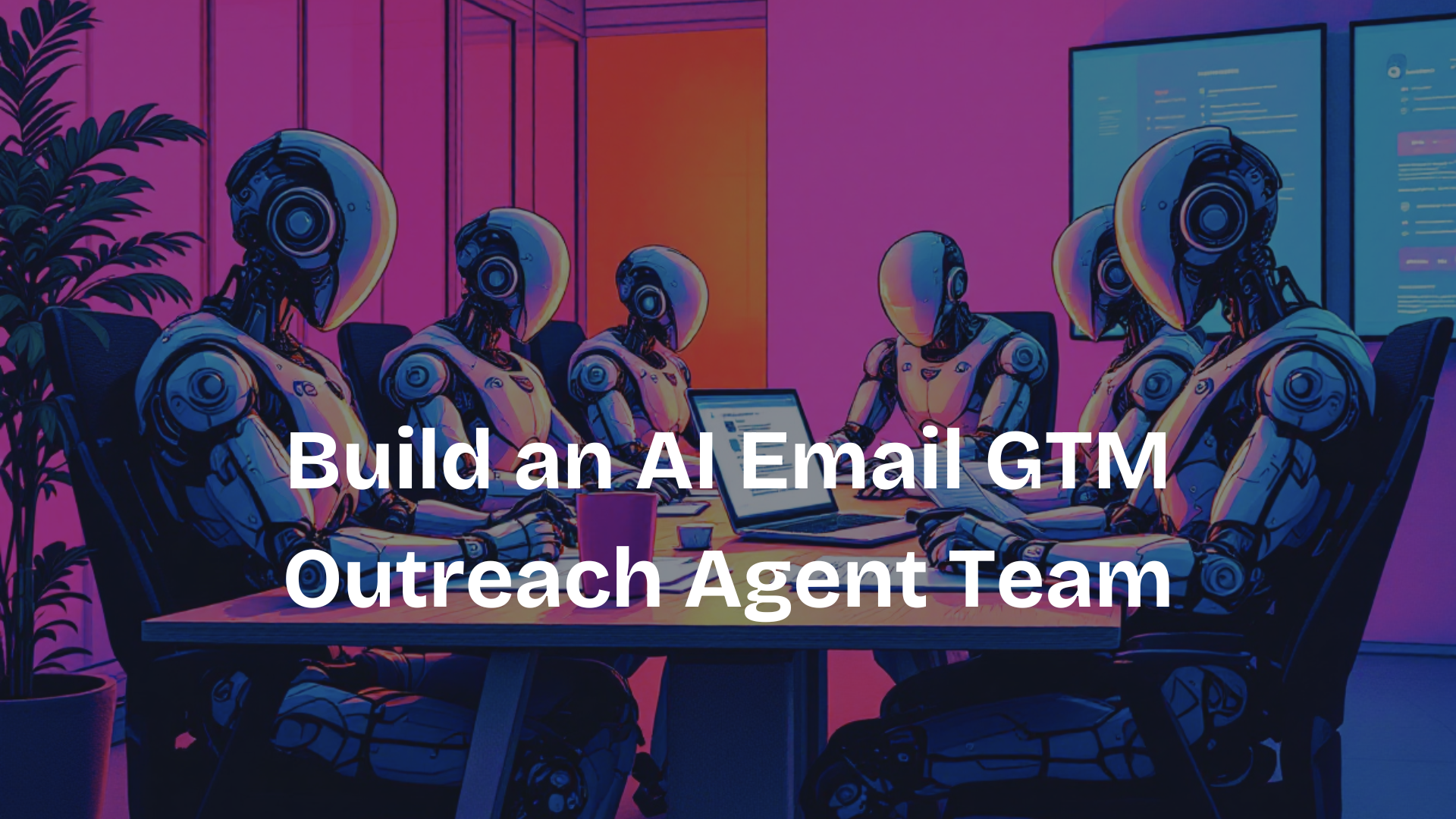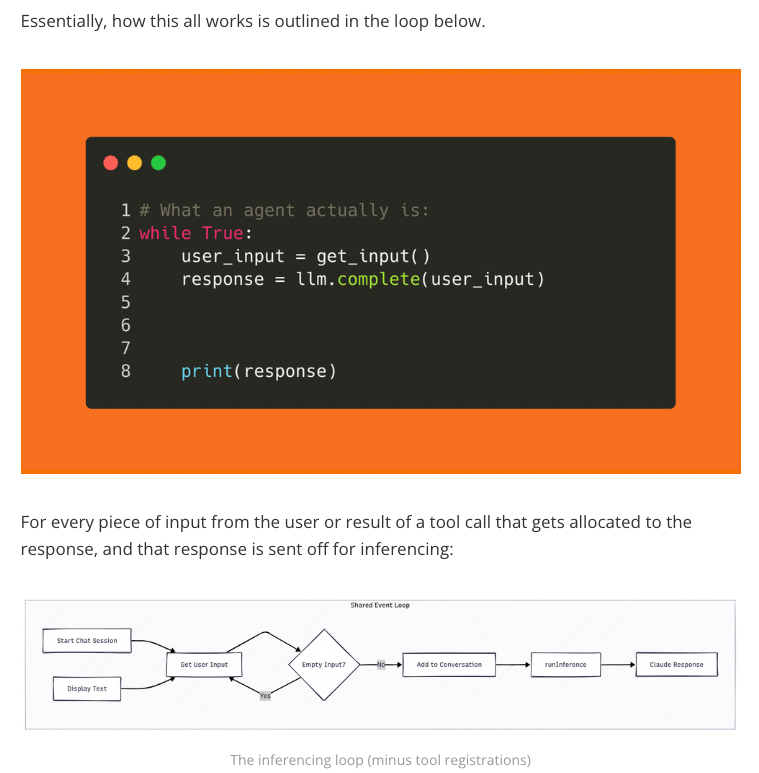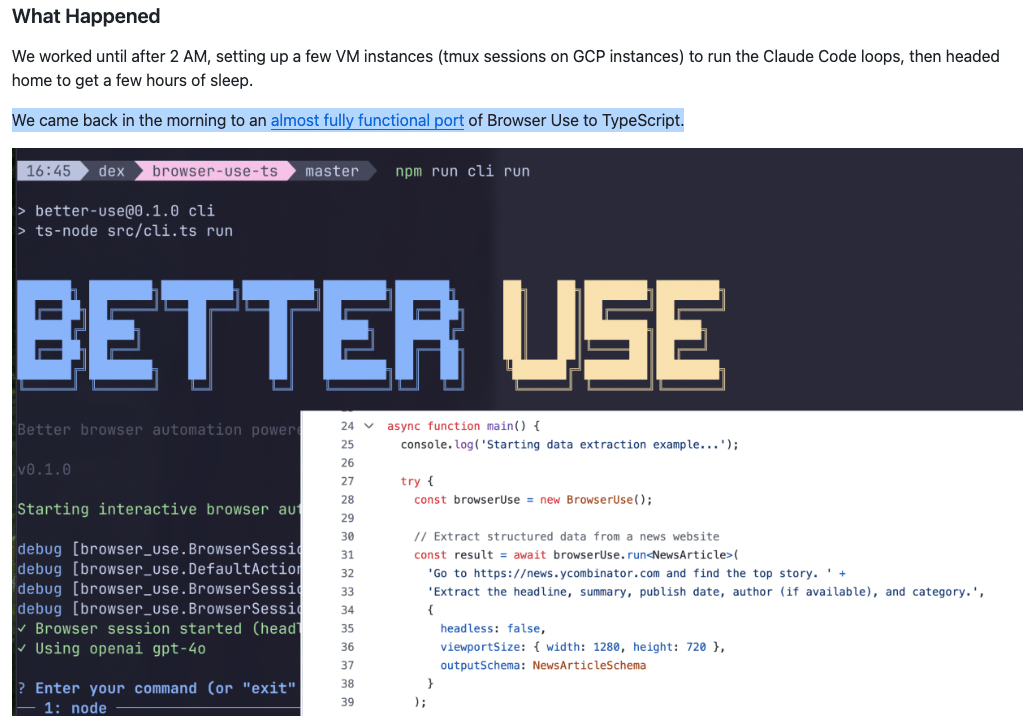- unwind ai
- Posts
- Build Claude Code from Scratch
Build Claude Code from Scratch
PLUS: Grok 2.5 is now open-source, Perplexity Comet leaked user credentials
Today’s top AI Highlights:
Build Cursor/Claude Code from scratch
A headless Claude Code loop shipped 6 repos overnight
Perplexity Comet leaked user credentials on Reddit
Grok 2.5 is now open-source, Grok 3 in the next 6 months
A central command center for all your AI coding agents
& so much more!
Read time: 3 mins
AI Tutorial
Building targeted B2B outreach campaigns is one of the most time-consuming aspects of sales and marketing. The challenge isn't just finding companies; it's discovering the right decision-makers, researching genuine insights, and crafting personalized messages that actually get responses.
In this tutorial, we'll build a multi-agent AI email outreach system using OpenAI GPT-5, Agno for orchestrating agents, and Exa AI for intelligent web search. This system automates the entire outreach pipeline - from company discovery to personalized email generation - delivering professional, research-backed outreach emails in minutes instead of hours.
Our multi-agent system conducts real research on each company using website content and Reddit discussions and ensures every email feels genuinely personalized.
We share hands-on tutorials like this every week, designed to help you stay ahead in the world of AI. If you're serious about leveling up your AI skills and staying ahead of the curve, subscribe now and be the first to access our latest tutorials.
Latest Developments
Ever wondered what's actually running under the hood of Cursor, Windsurf, or Claude Code?
Spoiler alert: it's basically just 300 lines of code in a while loop.
Geoffrey Huntley, who himself built Amp coding agent at Sourcegraph, has released a hands-on workshop that strips away the mystery and teaches you to build your own AI coding agent from scratch. The secret? Five core primitives that every coding agent uses: read files, list directories, execute bash commands, edit files, and search code with ripgrep. That's it. This tutorial walks through implementing each primitive in Go, starting with basic tool registration and building up to a fully functional agent that can create, modify, and execute code.
What's eye-opening is how simple the core loop actually is - you just keep feeding user input and tool results back to Claude until the task is complete.
Key Highlights:
Tool Registration Pattern - Every tool is just a Go function with a JSON schema description that gets allocated to the context window, telling Claude exactly how to invoke it when needed.
Context Window Engineering - Claude Sonnet's 200k context gets reduced to ~176k after system prompts, and cramming too many MCP tools will tank performance - less is genuinely more.
Agentic vs Oracle Models - Claude Sonnet is trained to be a "digital squirrel" that biases toward action and tool calls, while models like GPT are better as reasoning oracles you wire in as tools.
Ripgrep Under The Hood - Nearly every commercial coding tool uses the same open-source ripgrep binary for code search - there's no proprietary magic, just good tool integration.
Last week, YC held one of the biggest AI agent hackathons. While everyone focused on building AI products from scratch, this group of developers took an interesting idea to spin: running Claude Code headlessly in a loop forever and see what happens.
The result is RepoMirror, a surprisingly effective AI tool that transforms entire code repositories from one technology stack completely autonomously. A simple experiment: running while :; do cat prompt.md | claude -p --dangerously-skip-permissions; done, turned into 1,000+ commits, six ported codebases, and a functional tool that's already created working TypeScript ports of Python libraries and Vue.js versions of React components.
Their headless agents had successfully converted Browser Use to TypeScript, ported the Vercel AI SDK to Python, and created assistant-ui for Vue.js, spending around $800 on inference for what would typically take developers weeks of manual work.
Key Highlights:
Full Conversion - Transforms entire codebases between languages and frameworks, handling everything from dependency management and project structure to maintaining the original functionality while adapting to target platform conventions and best practices.
Framework-Aware - Goes beyond basic syntax conversion by understanding the specific patterns, libraries, and architectural approaches of each technology stack, ensuring the output feels naturally written for the target platform rather than mechanically translated.
Iterative Refinement - Agents don't stop at first attempt, they continuously iterate on prompts and code until reaching functional completeness, learning from compilation errors and test failures along the way.
Open-source - RepoMirror is an open-source tool that you can customize for your specific porting needs, from React-to-Vue conversions to entirely different technology stack migrations.
Unlock the Power of AI With the Complete Marketing Automation Playbook
Discover how to scale smarter with AI-driven workflows that actually work. This playbook delivers:
A detailed audit framework for your current marketing workflows
Step-by-step guidance for choosing the right AI-powered automations
Pro tips for improving personalization without losing the human touch
Built to help you automate the busy work and focus on work that actually makes an impact.
Quick Bites
Perplexity Comet leaked user credentials on Reddit
What happens when your AI browser can't tell the difference between your commands and a hacker's instructions hidden in a webpage? Brave's security team discovered that vulnerability in Perplexity Comet through indirect prompt injection attacks. The exploit works like this:
Attackers hide malicious commands in Reddit comments, invisible webpage text, or HTML code
Comet user clicks "summarize this page" in the browser
The AI executes hidden instructions as trusted commands, like accessing emails, stealing passwords, or performing unauthorized banking actions
It was almost jarring to see the demo. The team has also laid out some steps to mitigate these attacks.
Grok 2.5 is now open-source, Grok 3 in the next 6 months
xAI has open-sourced Grok 2.5, their flagship model from 2024, making the 500GB checkpoint available for download and local deployment. The model requires 8 GPUs with 40GB+ memory each and uses SGLang for serving. The model is open-sourced under a very permissive license. Elon Musk also announced that Grok 3 will be open-sourced in the next 6 months.
Generate images with Claude and Hugging Face
You can now generate images from Claude and Hugging Face with this dead-simple workflow. Go to huggingface.co/mcp/settings, enable spaces like FLUX.1 Krea (photorealistic) or Qwen-Image (great for text), then connect your HF account to Claude via its tools menu. From there, simply chat with Claude about what you want to generate or even edit them.
Command A Reasoning Model for Agentic Enterprise Use Cases
Cohere just released Command A Reasoning, a 111B-parameter reasoning model purpose-built for tool use, agentic, and multilingual use cases in enterprises. The model can be used both with reasoning on or off, and runs on a single H100/A100 GPU with 128K context (or 256K on multi-GPU setups). It outperforms other models, including gpt-oss 120B and DeepSeek R1, on agentic benchmarks and can run end-to-end research workflows that automatically compile structured reports from complex queries.
Tools of the Trade
Archon: A central command center that lets tools like Claude Code, Cursor, Kiro, or Windsurf tap into a shared knowledge base, context, and task list via an MCP server. It offers smart document crawling, RAG search, and real‑time task management in a unified interface.
Claude Swarm: Run multiple Claude Code instances, each with specialized roles, tools, and directory contexts, communicating via MCP in a tree-like hierarchy. Define your swarm topology in simple YAML and let Claude instances delegate tasks through connected instances.
Snowglobe: A high-fidelity simulation engine that generates 1000s of realistic, diverse conversations to stress-test your AI chatbots, be it task-specific, RAG, voice agents, or gaming NPCs. It creates synthetic users with different goals and personalities that interact with your chatbot’s endpoints across scenarios.
Awesome LLM Apps: A curated collection of LLM apps with RAG, AI Agents, multi-agent teams, MCP, voice agents, and more. The apps use models from OpenAI, Anthropic, Google, and open-source models like DeepSeek, Qwen, and Llama that you can run locally on your computer.
(Accepting GitHub sponsorships now)
Hot Takes
Software engineering will be completely unrecognizable in 5 years. Likely less ~
Guillermo RauchVibe coding is here to stay. I'd been worried it might be a fad, but I talked to the founder of an infrastructure company who's in a position to see how well vibe-coded apps are doing, and he said a lot of them are making money. ~
Paul Graham
That’s all for today! See you tomorrow with more such AI-filled content.
Don’t forget to share this newsletter on your social channels and tag Unwind AI to support us!
PS: We curate this AI newsletter every day for FREE, your support is what keeps us going. If you find value in what you read, share it with at least one, two (or 20) of your friends 😉





Reply